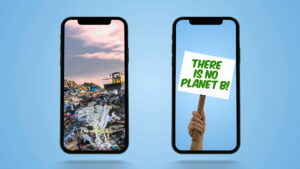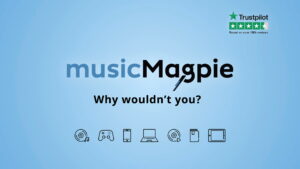Q&A with Richard Pearson, Creative Director, BJL
It’s clear that the coronavirus crisis is forcing businesses to rethink their approach to advertising and communications at such a challenging time. Amid all the disruption and the restrictions of lockdown, Manchester-based creative agency BJL has been busy adapting its processes so that it can remain as reactive to the needs of clients as possible. Here, BJL’s Creative Director Richard Pearson explains how brands can remain relevant during the crisis, and why advertising is still an essential growth driver during a downturn.
- Has the role of creativity shifted during the coronavirus crisis?
RP: One of the debates we’ve been having with clients is how to find the right balance at a time like this. On the one hand you could think that brands must be very serious and controlled about everything – if people are suffering, then advertisers should avoid anything that raises a smile. And of course, there are certain things we need to be sensitive of, such as not showing big groups of people for example, as that’s something we’re all trying to avoid for health reasons at the moment.
But being sensitive doesn’t mean brands can’t go beyond being rational or straight and be creative. Yes, the world is changing and we’re all having to stay at home more, but we’re still the same people who enjoy laughing at Tiger King on Netflix or whatever it might be. In fact, it’s obvious that creativity is an essential way of bringing relief and joy to people at a time like this – whether that’s through film, TV programmes, music or advertising. We’ve seen from the IPA’s research that more creative adverts consistently drive stronger commercial results, and that remains the case now.
- What have you made of some of the advertising we’ve seen during lockdown?
RP: If you watch an ad break now, every other ad seems to be one that’s been shot at home or with DIY footage from consumers. Clearly every advertiser found the same simple solution to not being able to do a normal shoot very quickly, and that style of advertising has already become a bit of a trope. So now, as was always the case, the challenge is to do something that stands out and has real impact. What’s next? What’s different?
- How has the creative process changed at BJL during the coronavirus crisis?
RP: Creatives really value having the time and space to think – and in some ways the lockdown provided that by removing the usual day-to-day distractions you had before. But the flip-side is that we’re in the business of communication, and you miss those little interactions and conversations around the office that help to spark ideas, or take ideas in new directions. We’re now using video chat as a way of retaining that culture, with creatives often working together over video so they have the ability to bounce ideas off each other. And we now share those random, interesting bits of inspiration over an always-open Teams chat.
- Have lockdown restrictions forced the team to find new ways of delivering creative work?
RP: We’ve had to adapt and find ways around certain challenges, such as the barriers to shooting new footage during lockdown. But if you think about it, every brief has some kind of restriction on it – whether that’s the budget, the timescale or other mandatories like how you need to feature the product or the messaging in a certain way. Creatives should thrive on limitations because those are the things you can push against and grapple with in order to find the right approach. With the adverts we’ve made for musicMagpie during lockdown, we came up with a number of different creative solutions that we knew we could implement from home, and that allowed us to then produce the final ads on a fast turnaround.


- How can creativity help businesses to weather the long-term effects of this crisis?
RP: If you look at the brands that reacted really well to the crisis, it was the likes of Iceland and Aldi who were quick to change their opening hours and allocate time for older people and key workers to come and shop. They saw a problem and responded quickly and creatively – and in doing so they made a genuine difference to consumers. People will remember that going forward, just as they will remember those brands that haven’t responded or communicated as well with consumers. There’s that famous mantra about the importance of continuing to advertise during a recession, because the businesses that come out the other side the strongest are the ones that kept on advertising. So it’s about adapting to the situation and adapting the creative to help brands and consumers adjust to the new normal.
